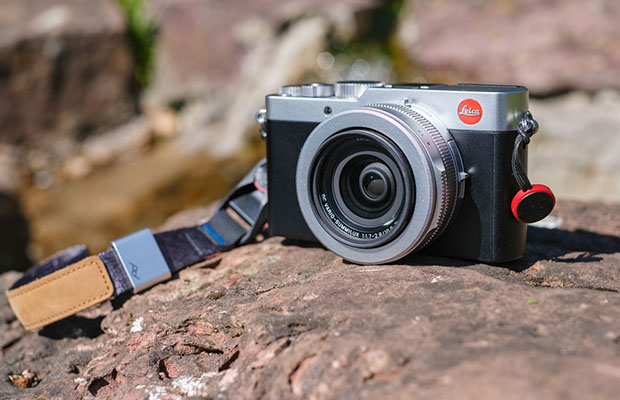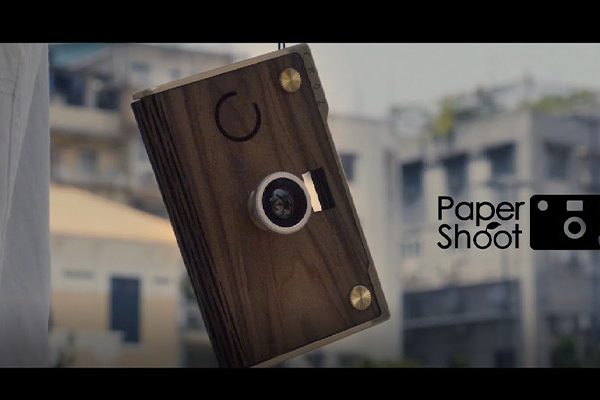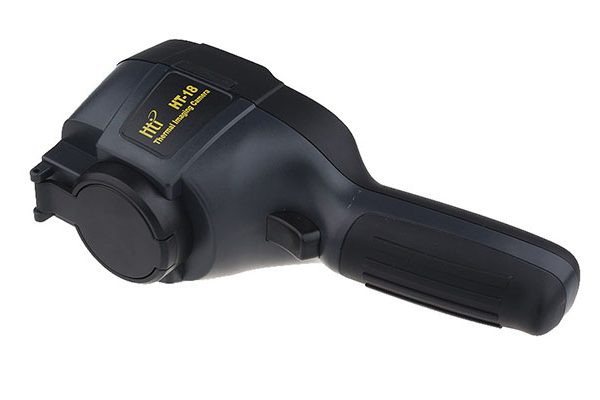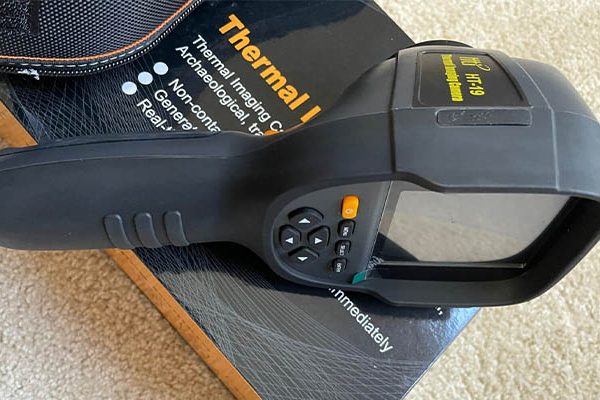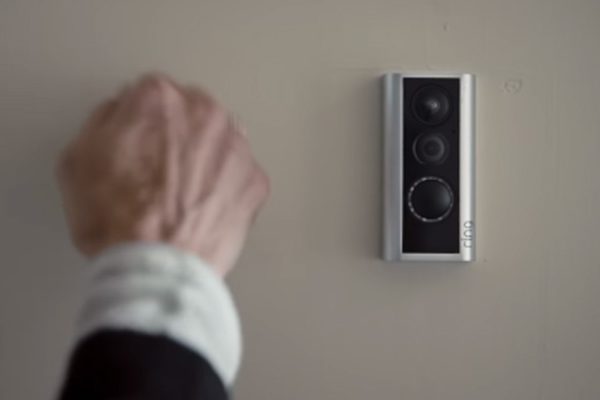Leica is not as well-known as Nikon or Canon when it comes to cameras, particularly in a market where the price is an important factor, like India. The Leica D-Lux 7 camera is well worth the extra cost because it has many tricks up its sleeve that perform wonders in various lighting conditions.
The D Lux 7 also features UHD 4K video recording at 30/24fps, 24-75mm f/1.7-2.8 3.1x Leica lens, 2.76m-dot electronic viewfinder, 3.0″ 1.24m-dot touchscreen LCD display, 11fps burst shooting, integrated Bluetooth and Wi-Fi, 4K photo modes, hot shoe-mounted external flash, and in-camera battery charging.
For 999 pounds, 1099 euros, and $1195, respectively, the D Lux 7 is currently on sale in black and silver.
Learn more about the performance of this high-end compact by reading our in-depth Leica D-Lux 7 review.
Read More: Ring Peephole Camera Review
Table of Contents
Pros And Cons Of Leica D-Lux 7 Camera
Pros
- Beautiful, sturdy, and compact
- advanced photographers will value the tactile controls.
- Straightforward overall layout and design in true Leica style.
- Built-in EVF.
- Decent battery life
- The LCD display is a convenient and almost indispensable feature
- 4K video and photo.
- Quick autofocus.
- excellent image quality
- good images at a high ISO.
- All-in-one that is portable and convenient to carry around.
Cons
- A little slippery.
- No flip display.
- No built-in flash.
- Zoom seems to move somewhat slowly.
- Expensive
Features Of Leica D-Lux 7 Camera
The 24-75mm fixed lens on the Leica D-Lux 7 has an aperture range of f/1.7 to 2.8. The largest image that can be produced on the D-LUX 7 measures 4736 x 3552 pixels and has a Micro Four Thirds sensor with 17MP resolution.
An electronic viewfinder with 2.76 million dots, a three-inch LCD touchscreen, and all the other control buttons are located on the back.
Leica offers some customization options, but with some limitations compared to typical point-and-shoot cameras. Increasing the ISO to 25600 is an option, as is experimenting with exposures lasting anywhere from 1/4000 seconds to 30 minutes.
The D-LUX 7 has more controls than most point-and-shoot cameras, which can be intimidating at first, especially if you’re a beginner.
The aperture ring can be adjusted to move between f/1.7 and 2.8. Auto mode is another option. The focus can be changed manually using the control ring that comes next. Focus switching is available, allowing you to switch between Manual, Autofocus, and Macro Autofocus.
Then, you can select a native aspect ratio between 3:2, 16:9, 1:1, or 4:3 using this other switch. Now, this is particularly useful because you can pre-set to an aspect ratio appropriate for the scene before taking that picture, so you can know how it will look.
The hot shoe mount for a flash or other compatible accessories is located on top.
The D-LUX 7 has seven controls, including an on/off switch, a shutter speed dial, an exposure dial, a zoom lever with a shutter button, a 4K button, and an auto/program mode button.
In addition to the Time mode, which opens the shutter for about 30 minutes, the shutter speed dial offers speeds ranging from 1/4000 seconds to 1800 seconds.
The compensation dial allows for control of exposure levels in the +3 to -3 range.
The camera can take photos in various burst modes by pressing the 4K button.
Design Of Leica D-Lux 7 Camera
The D-LUX 7 appears to be a retro film camera, but it actually represents a completely new approach to small travel cameras. The front has been kept to a minimum at best, and the body is primarily made of magnesium alloy. The prominent red dot Leica logo gives it all the credibility it needs to stand out from the crowd, and it does have a distinctly classy and Germanic appearance.
On the front, it has a two-tone finish. While the body is mostly black, the top and lens barrel are painted silver. However, the chassis attracts fingerprints due to its smooth finish throughout.
Due to the lack of a front grip, if you have small hands, the camera may feel as if it is slipping from your grasp. In spite of this, anything on the front would have deviated from the D-LUX 7’s D-LUX 7’s clean design.
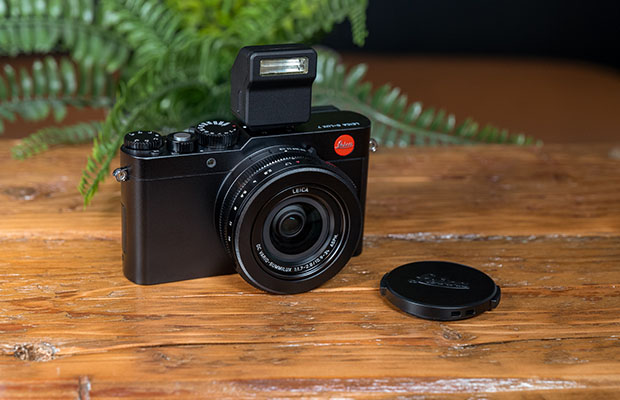
When the camera is in use, the three lids on the automatic lens cap from Leica, which is attached to the lens like a filter, pop open. If you ask me, it’s very clever and operates without a hitch. Maintaining a record of your lens cap? The first thing you’ll likely notice when picking up this camera in your hand is likely how light it is. It is 64mm thick at its thickest point and approximately 403 grams in weight. The D-Lux 7 is very convenient to transport in pockets or by hand. To make the camera less likely to slide, a neck strap can be fastened to the shoulder eyelets on both sides.
Image Quality Of Leica D-Lux 7 Camera
The 17-megapixel Fine JPEG setting was used to capture all of the test images for this review, resulting in an average image size of about 6Mb.
Like its Panasonic LX100 II near-sibling, the Leica D-Lux 7 is notable this time around for packing a Four Thirds sensor—typically found in an interchangeable lens mirror-less camera—into a relatively small body.
If the sensor in this model weren’t forced to be coupled with a relatively small-for-a-compact-lens-manufactured-by-Leica lens in order to function, one might assume that it would immediately produce images of a significantly higher quality than the average compact. In that case, you might be right. Accordingly, the results aren’t, in our opinion, as sharp as those produced by an APS-C DSLR you could also purchase for the same price or an interchangeable lens mirrorless camera with the same sensor.
Low light performance, however, is impressive for a camera of this size as long as you can prevent the effects of camera shake when shooting handheld. Softening of detail to limit the appearance of image noise is only really noticeable in the very top two ISO settings (ISO 12500 and 25000 equivalent).
In general, colors are realistically rendered with just the right amount of contrast and visual impact. The camera tends to underexpose on dull, wintry days with featureless skies, but this is common. Overall, rather than being astounded by the results, we were pleased with them. Of course, someone purchasing this as a handy-sized, high-end photograph to bring with them on their travels will also be doing so.
Sharpening
Here are two images that have been 100% cropped and saved in Photoshop as Web-Quality 50. Photoshop was used to apply some sharpening to the image on the right. When sharpening is set to its default, the camera’s images are a little soft. If you don’t like the default appearance, you can adjust the in-camera sharpening level.
Main Rivals Of Leica D-Lux 7 Camera
Listed below are some of the rivals of the Leica D-Lux 7.
Canon Powershot G7 X Mark II
One-inch image sensor, quick 4.2x zoom lens, and 8 frames per second continuous shooting are all features of the brand-new prosumer compact camera, the Canon PowerShot G7 X. The G7 X also features the brand-new Digic 7 processor, integrated wi-fi and NFC connectivity, 1080p HD video at 60 frames per second with stereo sound, a 3-inch tilting touchscreen LCD, a lens control ring, 14-bit RAW files, and a comprehensive selection of manual shooting modes.
Ricoh GR II
The new Ricoh GR II is a covert compact camera with a fixed focal length 28mm wide-angle lens, 16-megapixel APS-C sensor, high-res 3-inch LCD screen, flash hot shoe, pop-up flash, built-in wifi/NFC connectivity, a wealth of customizable controls, and a quick auto-focus system. Find out if the Ricoh GR II can outperform its well-liked predecessor by reading our in-depth review with full-size image samples.
Fujifilm Xf10
A brand-new premium compact camera, the Fujifilm XF10 weighs only 280g and features a large 24-megapixel APS-C sensor, fast 28mm f/2.8 lens, touchscreen LCD, built-in wi-fi and Bluetooth connectivity, and 4K movie recording. Read our comprehensive Fujifilm XF10 review right away.
Leica D-Lux (Typ 109)
The Leica D-Lux (Typ 109) is a brand-new, high-end compact camera with a large Micro Four Thirds sensor, 4K video recording, a quick 24-75mm lens, and a market-leading electronic viewfinder—all in a camera that fits in a jacket pocket.
Panasonic Lumix DMC-LX100
A premium compact camera unlike any other is the Panasonic Lumix DMC-LX100. The LX100 is a compact camera with a large Micro Four Thirds sensor, 4K video recording, a quick 24-75mm lens, and a leading electronic viewfinder. It can fit in a jacket pocket.
panasonic Lumix Lx100 II
One of our all-time favorite compact cameras, the competitively-advanced LX100, was released back in 2014. The Panasonic Lumix LX100 II is the model that replaces it.
Sony Cyber-shot DSC-RX100 V
For a basic compact camera, the Sony Cyber-shot DSC-RX100 V offers the fastest autofocus speed, the most AF points, and the fastest continuous shooting speed in the world. Is this enough to justify the price tag of $1000 or £1,000?
Sony RX100 VI
Is the most technologically advanced compact camera currently available is the new Sony RX100 VI, but is it the best travel-zoom camera for you?
Our Verdict
I believe the D-Lux 7 offers a lot for an all-in-one premium compact. In spite of the fact that it is a point-and-shoot, this camera is well made, stunning to look at, especially with that shiny silver, and packed with features that even experienced photographers would find useful.
You’ll want a high-end compact for the times when you simply don’t want to carry around your bulky camera setups but still want something that captures excellent images and is flexible in terms of controls and functions. The Leica D-Lux 7 is a superb choice, and it would probably be my pick out of all the great models currently out right now.
I appreciate you reading my review and good luck! Please consider supporting this website by making a purchase from one of the links in this review if my review helped you make up your mind about buying the D-Lux 7!
Also Read: Paper Shoot Camera Review

